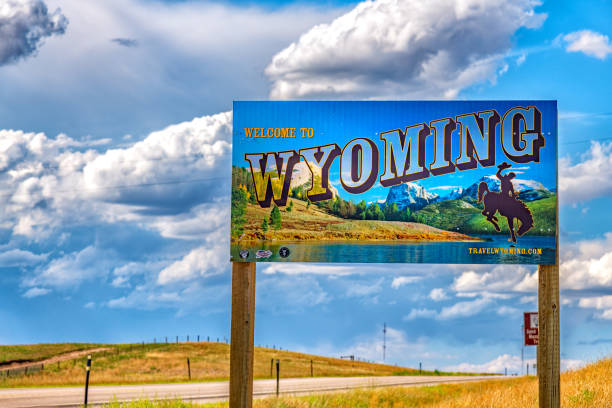Wyoming
Grand Teton, Yellowstone, and Western American History
Wyoming is a harshly beautiful region with snow-capped mountain ranges rising to lofty grasslands, and it is home to some of the most varied species in the United States. Along with its Western flair, this state boasts a warm, inviting culture that is visible in everything from the opulence of Jackson Hole to its charming tiny towns. With its vast skies, cowboy traditions, and American Indian powwows, Wyoming also offers a rejuvenating glimpse into real Western living with its five-star dining establishments, opulent spas, and vibrant craft beer scene.
Wide, Open Spaces
Wyoming, the least populated state in the union, boasts some of the most pristine natural areas. This region is home to Grand Teton National Park and Yellowstone National Park, two of the most well-known national parks in the United States. Adventurers and nature enthusiasts wishing to disconnect and reconnect with the natural world are drawn to these locations. Stunning natural creatures including bears, bison, elk, and coyotes are frequently seen wandering the plains of this enormous and breathtaking state.
Sputtering geothermal geysers and vibrant hot springs, the most well-known of which are Old Faithful and the Grand Prismatic Spring, dot Yellowstone. There are mountains in the northwest of the state called the Grand Teton Mountain Range that are excellent for hiking, skiing, and snowboarding in the winter. Here, the highest peak is 4,200 meters (13,770 feet) in height. The quaint hamlet of Jackson, located in the valley below, is a luxurious getaway for skiers and hikers with a touch of the old “Wild, Wild West.” The John D. Rockefeller Jr. Parkway connects Grand Teton and Yellowstone; combine the two for the perfect outdoor vacation.
Ranch Life, City Life
Ranching plays a significant role in the local culture due to the expansive landscapes. If you don’t get to experience a real guy ranch and fulfill your cowboy and cowgirl fantasies, your trip to Wyoming isn’t complete. The nation’s first and oldest dude ranch is Eatons’ Ranch; other well-liked options include Vee Bar Guest Ranch, Gros Ventre River Ranch, and The Hideout Lodge. They all have more activities than you could ever try, such as fly fishing, river tubing, horseback riding, cattle working, stargazing, camping, canoeing, hiking, and more.
Wyoming’s major cities are small by some measures—Cheyenne, the state capital, is home to only 60,000 people—but they provide a mix of urban conveniences and traditional Western culture. Both Cheyenne and the second-largest city, Casper, provide a plethora of breweries and distilleries, as well as museums, special events, local shopping, and a robust culinary culture. Enjoy fantastic stargazing at night and fine dining and boutique shopping during the day in Jackson, a well-liked gateway town.
The Tribal History of Wyoming
American Indian tribes’ legacies are part of Wyoming’s rich history. Several tribes now collectively referred to as Plains Indians were located in the state. The Eastern Shoshone and Northern Arapaho tribes reside in the Wind River Indian Reservation, which is situated in the Wind River Basin. Many sites and activities across the state offer opportunities for visitors to learn about this tradition, such as the Vore Buffalo Jump, Medicine Wheel, real powwows, and the Wind River Wild Horse Refuge, the only wild horse refuge on an Indian reservation in the United States.

